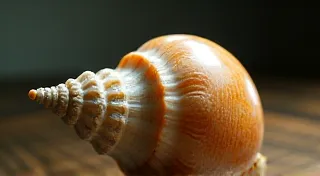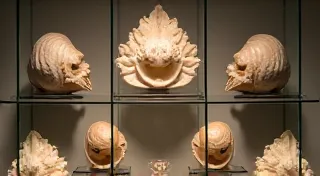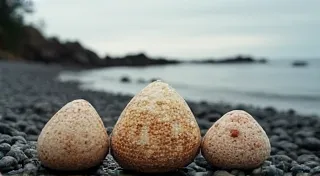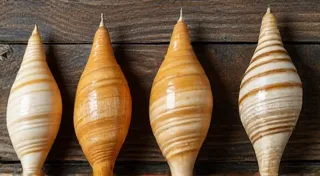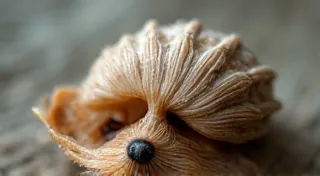A Glossary of Seashell Terminology for Collectors
Welcome to the fascinating world of shell collecting! Like any specialized hobby, shell collecting comes with its own set of terminology. This guide will demystify those terms, helping you understand what shell experts and fellow collectors are talking about. Whether you're a seasoned collector or just starting your shell hunting journey, this glossary will be a valuable resource.
Basic Shell Anatomy
Understanding the parts of a shell is the first step to understanding the terminology. Let's break down the fundamental features:
- Apex: The pointed tip of a shell, where the whorls begin.
- Body Whorl: The largest, most prominent part of a shell, housing the animal.
- Spire: The pointed, elongated portion of a shell that tapers upward.
- Whorl: Each spiral turn of a shell. Think of them as the rings of a tree.
- Aperture: The opening of the shell, providing access for the animal.
- Columella: The central pillar inside the aperture. It can be straight, twisted, or eroded.
- Outer Lip: The edge of the aperture, often displaying growth lines or ornamentation.
- Inner Lip: The portion of the shell bordering the columella.
Descriptive Terms - Shape & Ornamentation
Shell collectors often use specific terms to describe the shape and surface of shells. Here are some common ones:
- Biconic: A shell that is rounded on both the body whorl and the spire.
- Fusiform: A spindle-shaped shell, wider in the middle and tapering towards both ends.
- Tapered: Gradually narrowing towards one or both ends.
- Ribbed: Having raised lines (ribs) running along the shell’s surface.
- Granulose: Having a rough, granular texture.
- Smooth: Having a relatively even and non-textured surface.
- Sculptured: Having a deliberately ornamented or patterned surface.
- Spiral: Having a coiled or spiral shape.
- Volute: A shell with a broadly spiraled, flared aperture.
The beauty and variety of shells often extend beyond their basic shape. Sometimes, the geographic origin significantly affects the shell's characteristics. Exploring Beyond the Beach: Understanding Shell Origins and Geographic Distribution in Vintage Collections will help you appreciate the impact of environment on shell development.
Color & Markings
Color variations and markings are crucial identification factors. Here's a few terms:
- Variegated: Displaying a mixture of colors.
- Banded: Marked with distinct bands of color.
- Maculate: Marked with spots or blotches.
- Zonated: Having distinct zones or bands of color representing growth periods.
- Chalky: Describing a shell with a dull, whitish appearance.
- Iridescent: Displaying a play of shifting colors, often due to the shell’s structure.
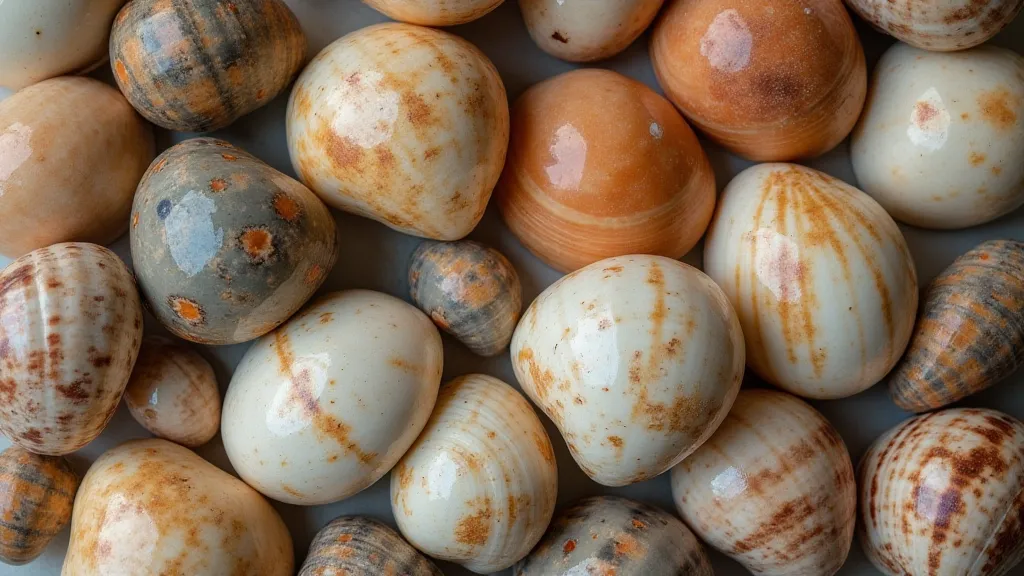
Condition and Quality
The condition of a vintage shell significantly impacts its value. Here are some terms:
- Mended: A shell that has been repaired, often with glue or resin.
- Repaired: Similar to mended, but potentially involving more extensive restoration.
- Chips: Small fragments missing from the shell’s edge.
- Erosion: Wearing away of the shell’s surface, often due to exposure to the elements.
- Sound: Refers to a shell that is complete and in good condition.
- Rare: A shell that is uncommon and difficult to find.
Understanding shell types is key to both identification and appreciating their diverse forms. For collectors fascinated by the intricate details and potential dangers associated with these shells, a deeper dive into the Unlocking the Secrets of the Auger Shell: Types and Characteristics is essential.
Specific Shell Types & Terminology
Certain types of shells have their own unique terminology. For example:
- Conus: Refers to the cone shell family, known for their conical shape and often venomous nature.
- Murex: A genus of sea snails known for their elaborate, spiny shells. Collecting Murex shells can be a rewarding, but challenging endeavor; those interested should examine Collecting Murex Shells: Identification and Value for expert guidance.
- Triton: Large sea snails with impressive, often spiraled shells.
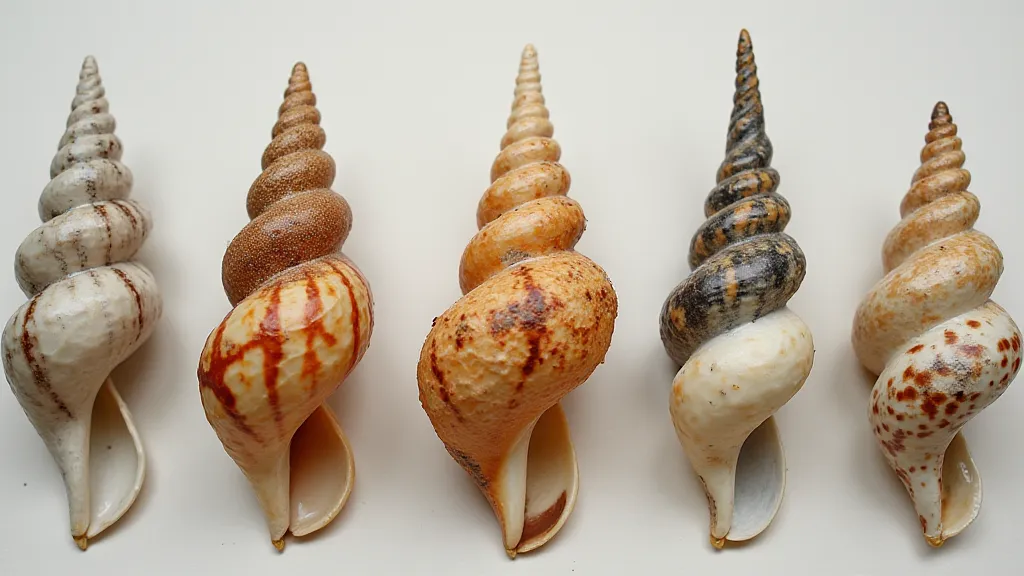
The Venus Clam, prized for its beauty and historical significance, presents a fascinating subject for shell collectors. Learning about its history, unique characteristics, and identification can enrich the collecting experience, as explored in The Beauty of the Venus Clam: History, Significance & Identification.
This glossary provides a foundation for understanding the language of shell collecting. As you delve deeper into this fascinating hobby, you’ll encounter even more specialized terms. The world of shells is vast, and there’s always more to learn about these intricate and beautiful treasures from the sea.
